Unlock the Secrets of De Campo 123 Original: Master this Filipino Martial Art Through Key Concepts
De Campo 123 Original, developed by Grandmaster Jose Caballero in 1925, is a renowned, time-tested Filipino martial art that stands out among other systems. However, like many Filipino fighting systems, the true secret of De Campo lies not just in learning its techniques, but in understanding and delving deeply into the art itself.
Even if the techniques or ‘secrets’ are shown, as they are in the video, they cannot easily be decoded. As Maestro Paolo often emphasizes, the essence of De Campo—and any FMA—is something that requires immersion and deep practice. The subtleties and nuances of the system only reveal themselves to those who commit to truly exploring its depths.
For those eager to learn Filipino Martial Arts, it’s important to resist the temptation to jump between different systems before fully understanding the core concepts of one. While exploring other arts can broaden your perspective, moving from one system to another too quickly can prevent you from gaining the deep understanding that makes any martial art truly effective. Instead, focus on delving into the art you are currently practicing, allowing its intricacies to unfold over time. This level of commitment will ultimately lead to the most meaningful growth.
The good news? De Campo 123 Original is here, and we are ready to teach you everything. By grasping the core principles and fully immersing yourself in the system, you’ll unlock more than just techniques—you’ll gain an understanding of the strategic, fluid nature that makes De Campo such a dynamic fighting art.
This article will guide you through the key concepts of De Campo, helping you learn what makes it so effective. With insights discovered through years of training under Master Jomalin Caballero, GM Salvador, and GM Rolando “Tiyu Lando” Caballero, Maestro Paolo demonstrates De Campo’s foundational elements in this video. These concepts, refined through his extensive experience, are essential for building a strong base in this dynamic fighting system.
Key Aspects of De Campo
De Campo revolves around three principles: Baiting or Luring, Striking and Counter Striking, and Footwork. Mastering these elements equips practitioners with the tools to outsmart and outmaneuver their opponents.
1. Baiting or Luring Your Opponent
One hallmark of De Campo is its strategic use of baiting. This technique involves luring an opponent into making the first move. In other eskrima or kali systems, they call this enganyo. In De Campo, we also call this hadla. By appearing vulnerable, practitioners entice their enemies into attacking. However, the attacker unknowingly exposes themselves to counterattacks.
The “1-2-3” system in De Campo refers to this strategy:
- 1: Bait the opponent, encouraging them to strike.
- 2: Counter their attack once they commit.
- 3: Deliver the final, decisive blow.
This sequence allows De Campo practitioners to control the fight’s flow, leading opponents into traps. The art of baiting is essential for mastering De Campo’s deceptive fighting style.
2. Striking and Counter Striking
De Campo emphasizes quick, precise strikes. Once the opponent takes the bait, it’s time to execute the attack. A key concept that enhances striking is Hayang-Kulob, the wrist’s ability to pronate and supinate during strikes. By twisting the wrist mid-strike, practitioners deliver multiple hits in rapid succession, increasing unpredictability.
De Campo has seven primary strikes. Beginners practice them in consecutive combinations like “1 and 2” or “2 and 3.” Over time, these combinations become instinctive. This leads to more advanced sequences like “647” or “1564.” The constant mixing of patterns creates a dynamic attack, keeping opponents off balance plus it helps in breaking the rhythm, another strategy in De Campo.
3. Footwork Drills
Footwork is crucial in De Campo, allowing practitioners to maintain control of distance and positioning. Two advance footwork drills are Paspas and Sagadsad.
- Paspas involves fast, stomping footwork that syncs with strikes. This method helps close the distance between the practitioner and their opponent while adding momentum.
- Sagadsad emphasizes smooth, sliding footwork. This technique allows quick changes in position while keeping balance.
Both drills are integrated with the seven striking patterns, giving practitioners a fast-paced fighting style that’s hard to counter.
Applying the Basics
At the core of De Campo is the importance of mastering the basics. These foundational techniques are the building blocks for more advanced strategies.
New practitioners should focus on:
- Footwork: Master the basic stances, weight shifting, front loading, and proper configuration. Eventually you get to a level where you start to incorporate Paspas and Sagadsad to improve further your agility and balance.
- Striking: Practice Elementary diligently and understand it. Then it becomes easy when you get to College and practive the seven striking patterns to further build speed and accuracy.
- Baiting: Learn how to adopt an “unaware” posture that lures opponents into making the first move.
As confidence grows, practitioners should start incorporating counterattacks and combinations into their training. Precision and attention to detail are key. While De Campo may seem simple, its true effectiveness lies in the subtleties of movement.
Building Skills Over Time
Although the basics can be learned quickly, true mastery requires time and consistent practice. Practitioners are encouraged to start slowly. Focus on each technique individually before combining them into more complex drills. Over time, De Campo’s natural fluidity will become evident, and the movements will feel instinctive.
De Campo isn’t just about physical skill. Success requires an understanding of timing, distance, and the ability to manipulate an opponent’s actions through baiting. As these principles are internalized, practitioners will find themselves more confident in applying them in real combat.
Ready to Begin Your Journey?
If you’re interested in learning De Campo 123 Original, it’s crucial to start with these key concepts: footwork, striking, and baiting. These fundamentals will shape your future growth in the art, giving you the tools to excel.
To see these concepts in action, check out the video linked above, where Maestro Paolo Pagaling demonstrates the techniques in more detail. This visual guide will help you understand how each element fits into De Campo’s dynamic system.
Consistency is key. Start slow, practice each technique, and gradually build your skills over time. For a deeper dive and structured learning, consider enrolling in our De Campo 123 Original Online Course. If you have questions or need guidance, feel free to reach out. We’re here to help you succeed in mastering this incredible Filipino martial art.
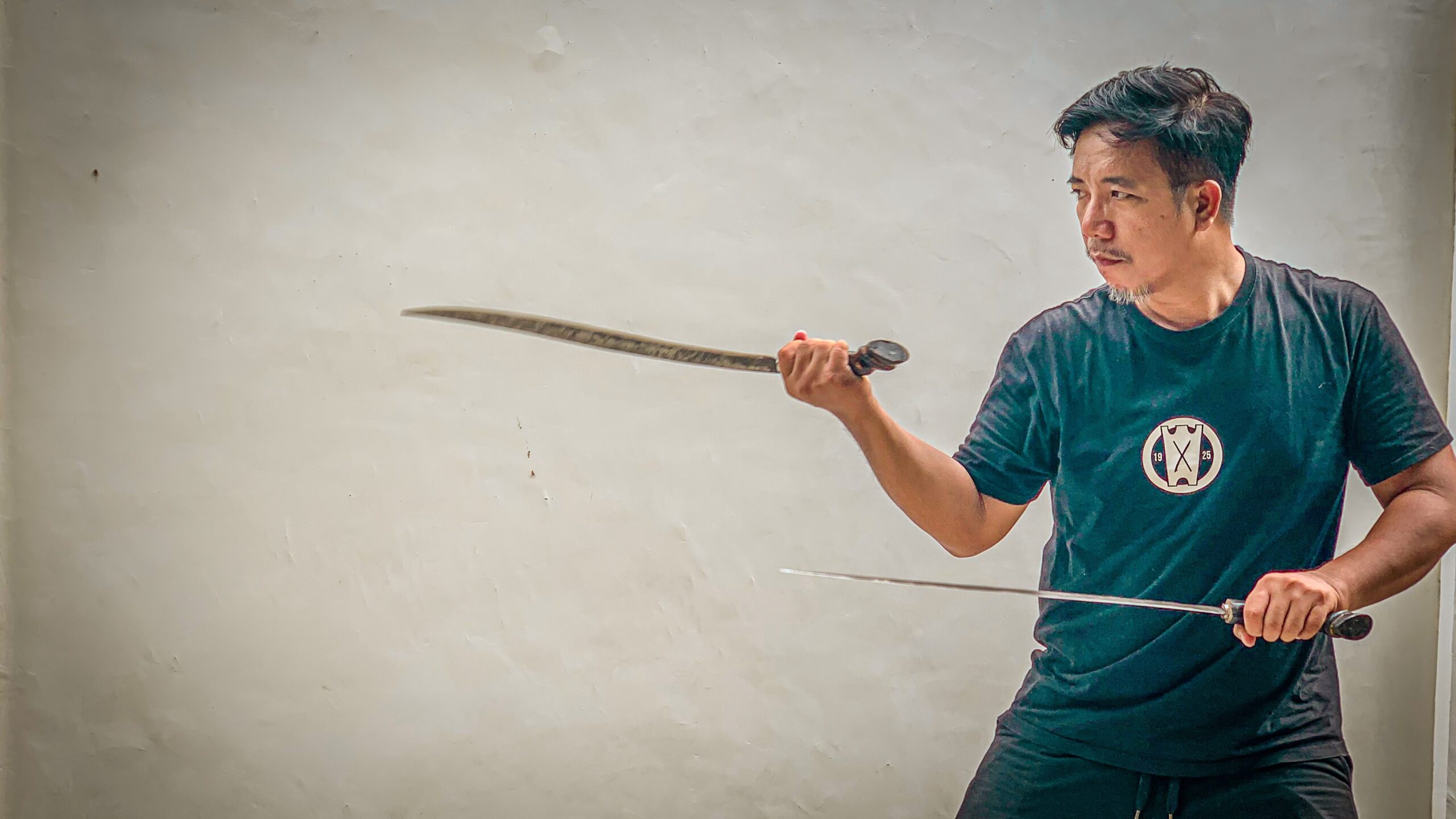
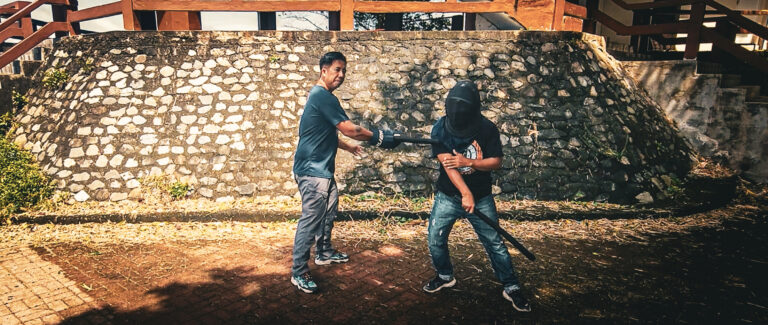

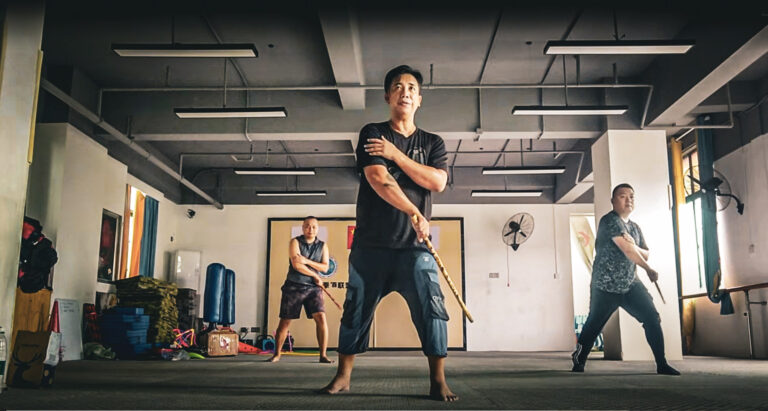
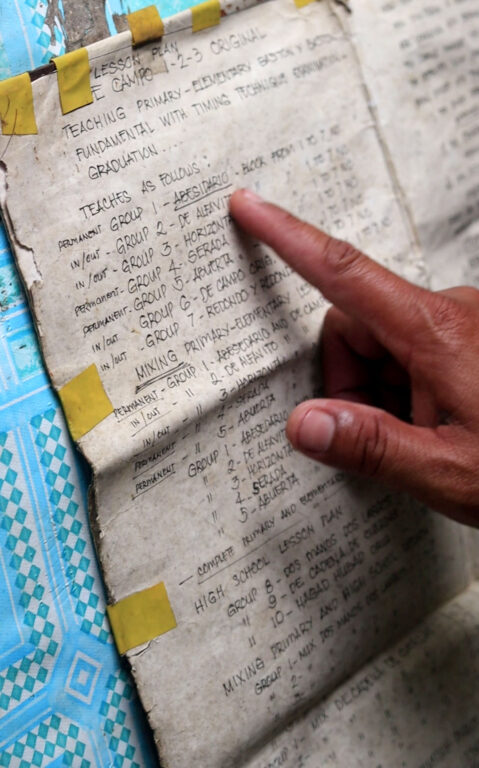


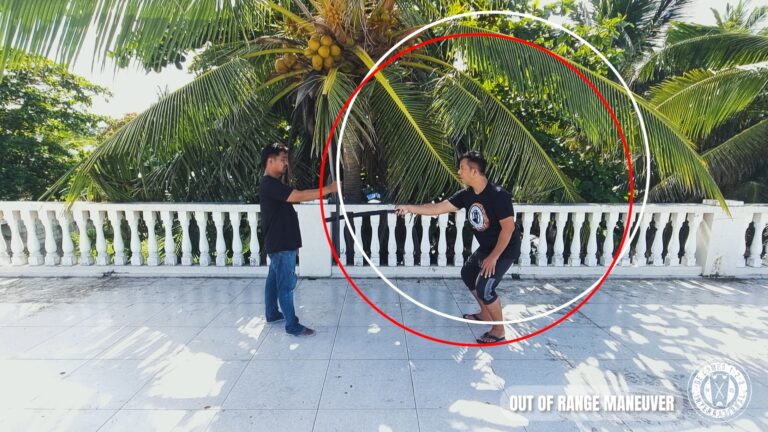
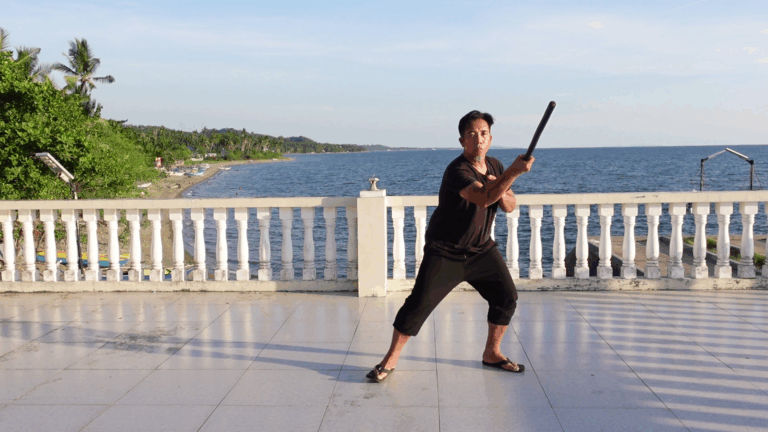
One Response